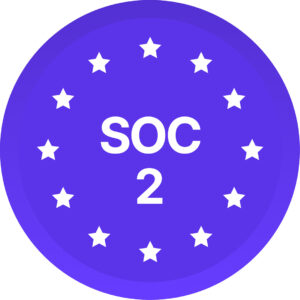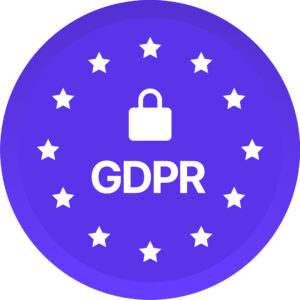Organizations are finally having serious conversations about racism, diversity, and inclusion in workplaces throughout the world. This is one of many steps that will help pave the way for effective anti-racist action from individuals and organisations alike.
However, those discussions will almost certainly be uncomfortable — not only for white employees and leaders who may be confronting their privilege for the first time, but also for people of colour, particularly Black Americans, who know that such conversations with colleagues will mean they must either face or point out “microaggressions.”
To understand how companies can minimize microaggressions in the workplace it is important to define what they entail.
What are Microaggressions?
Microaggressions are defined as “brief and commonplace daily verbal, behavioral, and environmental indignities, whether intentional or unintentional, that communicate hostile, derogatory, or negative slights and insults to marginalized individuals and groups.” Typically they fall into one of three categories:
- Behavioural: conveying a message or engaging in behaviours that are furthering stereotypes and displaying insensitivity. Interrupting or speaking over a woman during a meeting while allowing male colleagues to speak uninterrupted is one example of potential behavioural microagressions.
- Verbal: This is one of the most common examples of microaggressions – an individual may say something without the intent of discrimination – yet the implication of what they are saying is discriminatory to a marginalized group. For example, asking a person from a racial or ethnic minority “Where are you really from?” implies that they are perpetual foreigners, even if they were born and raised in the country.
- Environmental: Environmental microaggressions are characterized by an environment that lacks representation and diversity. If, for example, a university’s faculty consists predominantly of white males, with very few individuals from other races or genders, the lack of diversity can send a message to students from marginalized backgrounds that they are less valued or not expected to succeed in academia.
Can we create a workplace free of microaggressions?
Although it is difficult to eliminate microaggressions in the workplace, it is important for companies to take steps to try and limit their impact on the work environment for employees. In this capacity here are steps companies can take:
- Provide training defining and explaining what microagressions are to employees
- Promote allyship: encourage employees to speak up when they witness problematic behaviour
- Encourage employees to recognize their biases and prejudices.
- Collect and analyze Diversity and Inclusion data to identify potential problems and what can be done to mitigate this
Tackling the issue strategically, companies can amplify their allyship and show support to their employees.
Sentiment and inclusion data
With its advanced AI-powered tools and real-time analytics, Diversio equips organizations with the insights needed to identify and address subtle biases, microagressions and systemic inequities in your environment.
- Diversio Dashboard: Monitor your DEI progress with our interactive dashboard, offering a clear overview of your organization’s performance and areas for improvement.
- Inclusion Score™: This single, comprehensive metric allows you to benchmark your DEI efforts against industry standards, providing a clear target for improvement.
- Sentiment Analyzer™: Identify microaggressions and other subtle forms of bias within your organization. This tool helps you understand the real-time sentiment of your employees, ensuring you can address issues promptly.
- AI-Powered Recommendation Engine™: Receive tailored, actionable steps to enhance your DEI strategy. These recommendations are based on your specific organizational needs and challenges, ensuring they are relevant and effective.
DEI consulting & training
Access personalized support from Diversio’s team of DEI experts. They provide guidance on best practices, helping you navigate the complexities of DEI implementation.
Enhance your team’s DEI competencies through evidence-based training and certification programs, ensuring that DEI principles are deeply embedded in your organizational culture.
Book a demo to learn more.

